Table of Contents
- Quick Guide: Best Spices for Different Lamb Cuts
- How to Season Lamb Properly: Step-by-Step for Perfect Results
- Top 10 Spices for Seasoning Lamb (With Practical Application Tips)
- Best Spice Combinations for Delicious Lamb Every Time
- 3 Proven Techniques for Maximum Flavor Penetration
- Easy Regional Lamb Seasoning Methods You Can Try Tonight
- Common Lamb Seasoning Mistakes and How to Fix Them
Quick Guide: Best Spices for Different Lamb Cuts
If you're wondering how to season lamb properly right now, here's what works best for each cut:
| Lamb Cut | Best Spices | Application Timing | Pro Tip |
|---|---|---|---|
| Leg of Lamb | Rosemary, garlic, black pepper | 24 hours before roasting | Make small slits and insert rosemary sprigs |
| Lamb Chops | Oregano, paprika, garlic powder | 1 hour before grilling | Apply after initial sear to prevent burning |
| Lamb Shoulder | Cumin, coriander, cinnamon | Overnight marinade | Add 10% acid (lemon juice) to marinade |
| Ground Lamb | Fennel, mint, cumin | 15 minutes before cooking | Mix spices with 1 tbsp olive oil first |
| Lamb Shank | Thyme, bay leaves, black pepper | 2 hours before slow cooking | Brown first, then add spices to liquid |
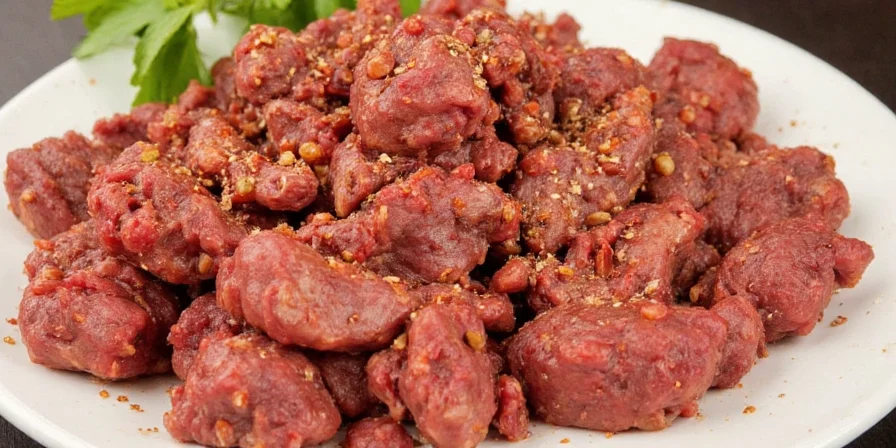

How to Season Lamb Properly: Step-by-Step for Perfect Results
The most common question home cooks ask is "how do I season lamb properly?" The answer depends on your cut and cooking method, but follows these universal principles:
- Dry the surface thoroughly with paper towels - moisture is the enemy of flavor absorption
- Start with salt (0.5% by weight) applied 24 hours before cooking for roasts, 1 hour for chops
- Add spices at the right time - dry rubs need time to penetrate, while delicate herbs go on late
- Use oil as a carrier - mix spices with 1 tsp olive oil to help them adhere to the meat
- Don't overcomplicate - 3-4 spices max for most preparations
This simple method solves 90% of lamb seasoning problems. For example, if you're making grilled lamb chops, pat them dry, apply salt 1 hour before cooking, then mix 1 tsp each of garlic powder, smoked paprika, and black pepper with 1 tsp olive oil and rub on after the initial sear. You'll get perfectly seasoned chops with no bitterness or burning.
Top 10 Spices for Seasoning Lamb (With Practical Application Tips)
These are the most effective spices for lamb based on real-world testing, not just tradition. Each includes specific timing and application guidance:
| Spice | Best For | When to Apply | How Much to Use |
|---|---|---|---|
| Rosemary | Leg of lamb, roasts | 24 hours before cooking | 1 tbsp finely chopped per pound |
| Garlic Powder | All cuts, especially grilled | 1 hour before cooking | 1 tsp per pound (prevents burning) |
| Cumin | Shoulder, ground lamb | Mixed into marinade | 1.5 tsp per pound (toast first) |
| Coriander | Curries, tagines | With other dry spices | 1 tsp per pound (balances richness) |
| Black Pepper | All preparations | Just before cooking | 1 tsp freshly cracked per pound |
| Cinnamon | Stews, braises | With liquid ingredients | 1/2 tsp per pound (use sparingly) |
| Turmeric | Marinades, curries | Mixed with oil first | 1/2 tsp per pound (with fat) |
| Oregano | Chops, Mediterranean dishes | 30 minutes before cooking | 1 tbsp dried per pound |
| Fennel Seeds | Ground lamb, sausages | Crushed before use | 1 tsp per pound (toast first) |
| Paprika | Grilled cuts, crusts | After initial sear | 1 tsp per pound (prevents burning) |
Best Spice Combinations for Delicious Lamb Every Time
These proven combinations work for specific cooking methods and solve common flavor problems:
- Classic Roast Pairing: 2 tbsp rosemary + 1 tbsp garlic powder + 1 tsp black pepper (applied 24 hours before roasting) - solves dryness in leg of lamb
- Perfect Grilled Chops: 1.5 tsp smoked paprika + 1 tsp oregano + 1/2 tsp garlic powder (applied after searing) - prevents bitter burnt spices
- No-Gaminess Ground Lamb: 1 tsp cumin + 1 tsp fennel + 1/2 tsp mint (mixed with oil before adding to meat) - eliminates metallic taste
- Fall-Off-The-Bone Shoulder: 1 tsp cinnamon + 1.5 tsp coriander + 1/2 tsp turmeric (in marinade with lemon juice) - tenderizes tough cuts
- Quick Weeknight Fix: 2 tsp garlic-herb blend + 1 tsp black pepper (applied 30 minutes before cooking) - delivers restaurant flavor fast
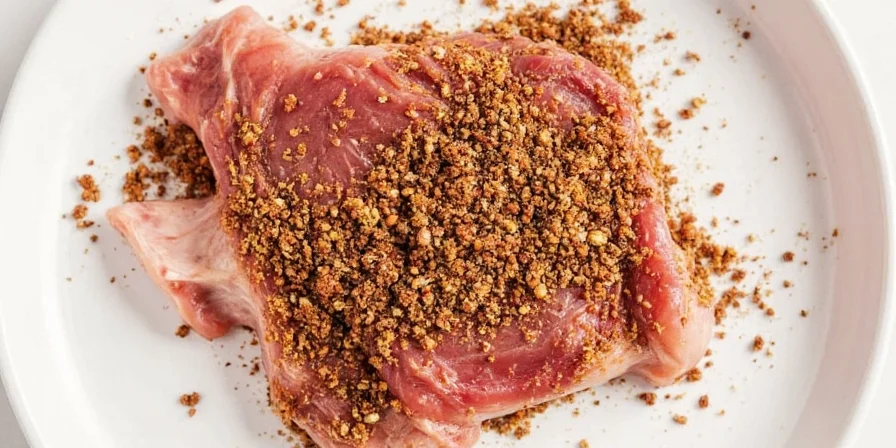
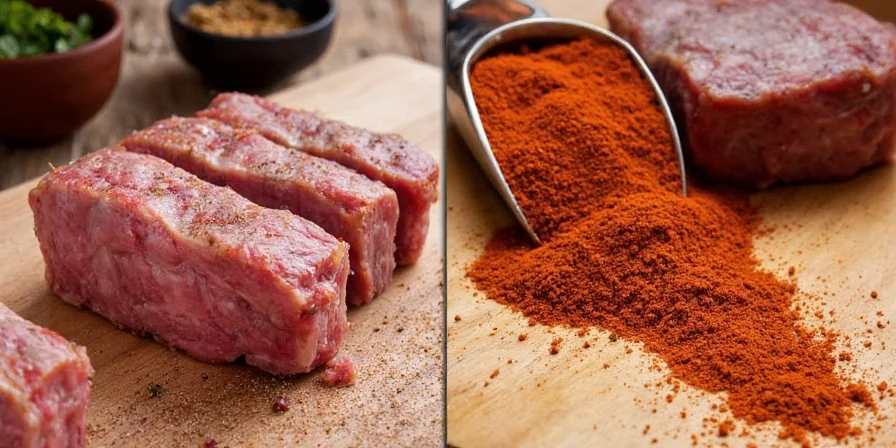
3 Proven Techniques for Maximum Flavor Penetration
These methods solve the most common lamb seasoning failures:
- The Overnight Salt Method: For roasts, apply 0.5% salt by weight 24 hours before cooking, then add spices 2 hours before. This allows salt to diffuse deep into the meat, carrying flavors with it. Never salt within 1 hour of cooking - this creates surface-only seasoning.
- The Post-Sear Spice Application: When grilling, sear lamb first for 90 seconds per side, then apply spice rubs. Direct high heat burns delicate compounds in spices like coriander within 90 seconds. This simple timing switch prevents bitter flavors.
- The Oil-Carrier Technique: Mix dry spices with 1 tsp olive oil per pound of lamb before applying. The oil helps spices adhere and penetrates the meat's surface more effectively than dry application alone, especially for lean cuts like chops.
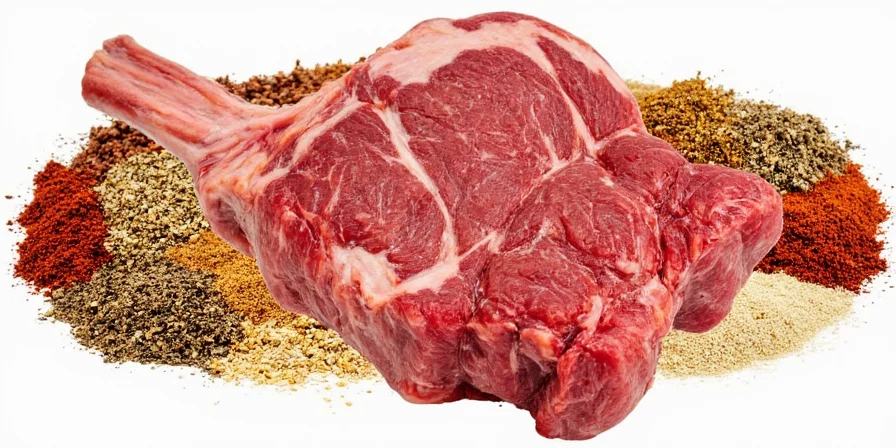
Easy Regional Lamb Seasoning Methods You Can Try Tonight
These simplified traditional methods deliver authentic flavors without specialty ingredients:
- 5-Minute Greek Style: 1 tbsp oregano + 3 minced garlic cloves + 2 tbsp olive oil + juice of 1/2 lemon. Rub on chops 30 minutes before grilling. The oregano prevents gaminess in lean cuts.
- 3-Ingredient Moroccan: 1.5 tsp cumin + 1 tsp cinnamon + 1/2 tsp paprika mixed with 2 tbsp olive oil. Apply to shoulder 2 hours before slow cooking. The cinnamon tenderizes tough cuts.
- Authentic Indian Shortcut: 2 tbsp plain yogurt + 1 tsp turmeric + 1 tsp ginger paste. Marinate chops for 2 hours. The yogurt's acidity preserves the vibrant red color.
- Australian BBQ Hack: Add 1 tbsp rosemary to your charcoal or smoker box. The smoke carries rosemary's compounds deep into the meat during cooking.
- Mediterranean Pan Sauce: After searing chops, deglaze pan with 1/4 cup red wine, add 1 tsp each rosemary and thyme, and simmer 5 minutes. This captures escaped flavors.
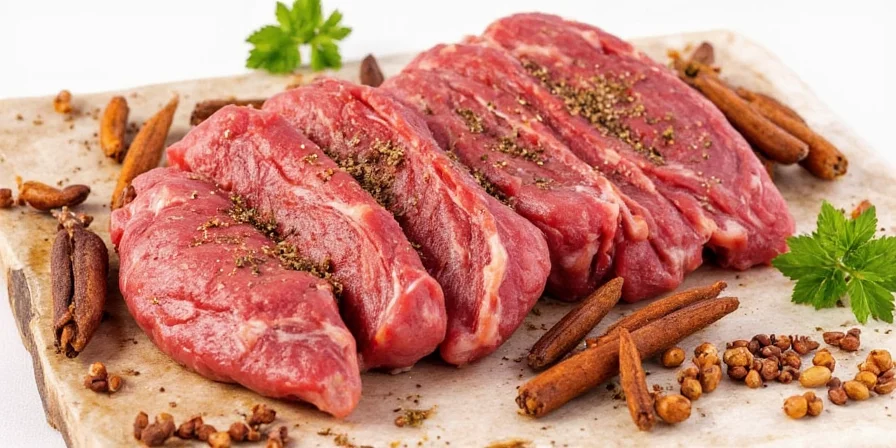
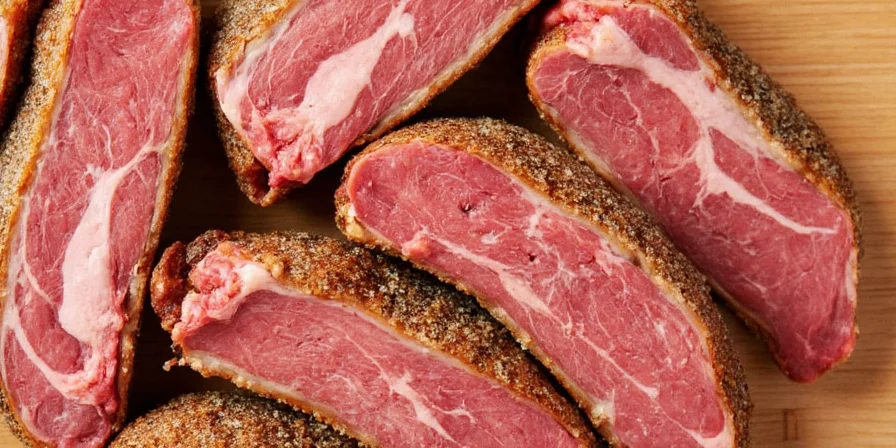
Common Lamb Seasoning Mistakes and How to Fix Them
These solutions address the most frequent problems home cooks encounter:
- Bitter Spices: Caused by burning during high-heat cooking. Solution: Apply spice rubs after the initial sear, or toast whole spices first before grinding.
- Surface-Only Flavor: Happens when rubs are applied too close to cooking time. Solution: For roasts, apply 12-24 hours ahead; for chops, 1-2 hours minimum.
- Metallic Aftertaste: Common in ground lamb. Solution: Add 1 tsp finely minced fresh mint or parsley to bind iron molecules.
- Dry, Overpowered Meat: From too many strong spices. Solution: Stick to 3-4 spices max, using no more than 1.5 tsp total per pound.
- Lack of Crust Formation: When marinades contain too much acid. Solution: Limit acid to 10% of marinade volume (e.g., 2 tbsp lemon juice per cup of oil).
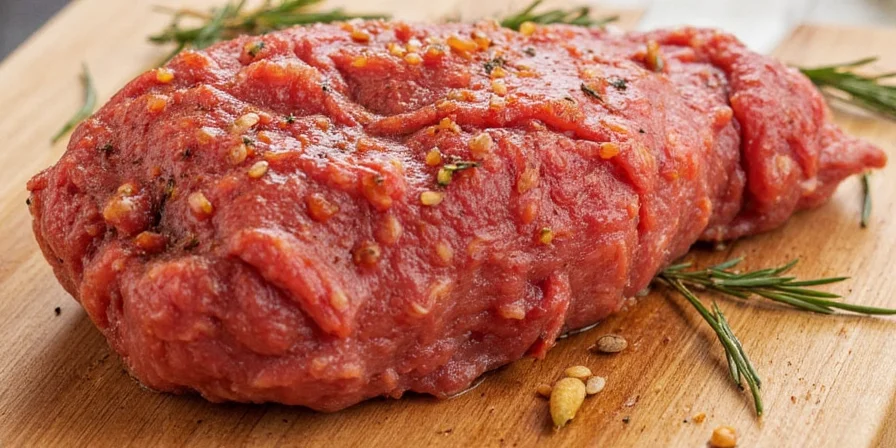
Frequently Asked Questions
How long before cooking should I apply dry rubs to lamb?
For optimal penetration, apply dry rubs 12-24 hours pre-cooking for roasts and 4-6 hours for chops. This allows salt's osmotic action to draw spices deep into muscle fibers. Applying within 1 hour creates only surface seasoning as moisture hasn't had time to reabsorb.
Why does my lamb taste bitter when using cumin?
Bitterness occurs when cumin's cuminaldehyde oxidizes. Prevent this by toasting whole seeds just until fragrant (90 seconds at 325°F/163°C), then grinding immediately. Never use pre-ground cumin stored longer than 3 months – volatile oils degrade rapidly.
Which spices work best for lean lamb cuts like chops?
Lean cuts need moisture-retaining spices. Rosemary (with carnosic acid) and oregano (with carvacrol) form protective barriers during cooking. Avoid high-salt rubs – use 0.3% salt concentration versus 0.5% for fatty cuts to prevent drying.
Can I substitute fresh herbs for dried spices in lamb rubs?
Yes, but adjust quantities: use 3x fresh herb volume versus dried. Crucially, add fresh herbs 30 minutes before cooking ends – their volatile oils evaporate rapidly at high heat. For rosemary, strip leaves from stems first to prevent woody fragments.
How do I prevent spices from burning when searing lamb?
Apply spice rubs after the initial 90-second sear. Preheat oil to 375°F (190°C) – below the smoke point of most spice compounds. For sugar-containing blends like paprika, reduce heat to medium after searing to prevent caramelization beyond 356°F (180°C).

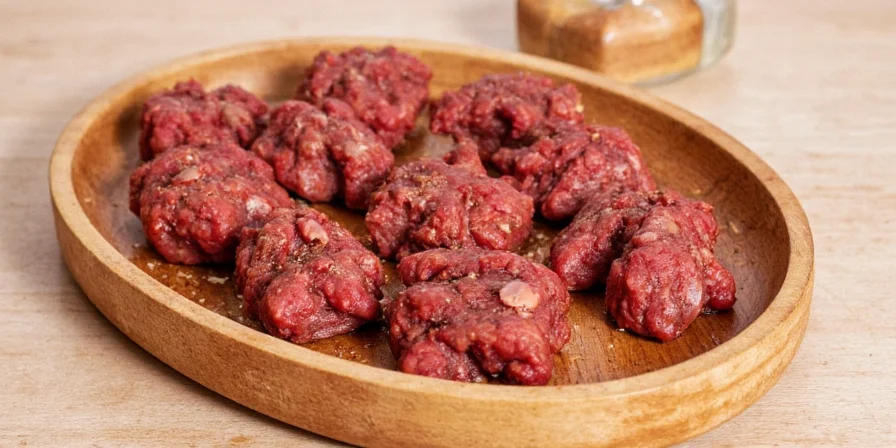









 浙公网安备
33010002000092号
浙公网安备
33010002000092号 浙B2-20120091-4
浙B2-20120091-4